About Acupuncture
Styles and Modalities
Many distinct styles of acupuncture have developed over the centuries in various countries around the world. A few examples of the diversity of acupuncture styles are “Traditional Chinese Medicine” (TCM), Japanese, Korean and Classical Five Element acupuncture.
Needles with Electro-stimulation:
A small current is passed through the needles to stimulate the flow of Qi in the meridians.
Tui Na:
A form of Chinese therapeutic massage, which utilizes the meridians to harmonize Qi flow.
Gua sha:
In cases of the common cold or muscular pain, either cupping or gua sha may be used to support the healing process. Gua Sha is performed by rubbing the skin with an instrument that has a flat, smooth surface in areas where a condition referred to as “stagnation” is present. Small red dots or petechiae may come to the surface. The purposed is to promote circulation of blood. Often an improvement of symptoms can be felt immediately.
Cupping:
Uses glass, plastic, ceramic or bamboo cups that create suction when placed upon the patient’s body. The technique may temporarily leave small round red marks on the skin. Typically the marks will clear within a few days. Similar to the technique of gua sha, cupping can be used for many conditions including muscular pain and the common cold.
Moxibustion:
Moxibustion is the use of the medicinal herb Mugwort (Artemesia Vulgaris) to warm and nourish the body. The herb is burned above the skin, placed on top of an acupuncture needle or applied directly to the skin, creating a sensation of warmth that is commonly found to be relaxing and calming.
Herbs:
Chinese herbalism is a comprehensive form of medicine that can effectively address a wide variety of conditions. The use of Chinese herbs has a long clinical history of treating acute and chronic conditions. In the hands of a well-trained herbal practitioner, Chinese medicinal herbs are effective and safe.
